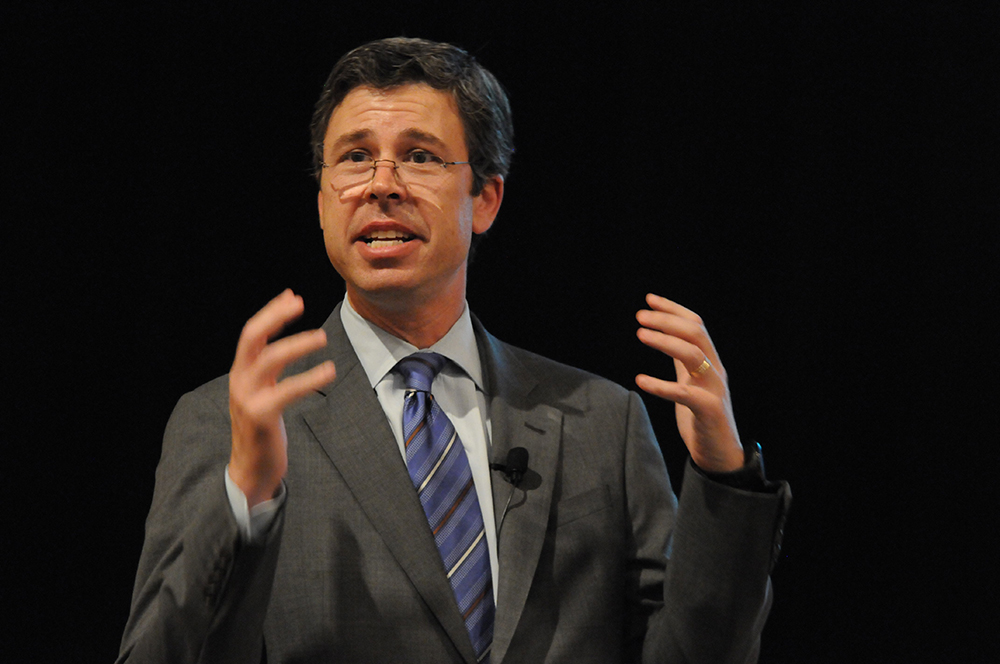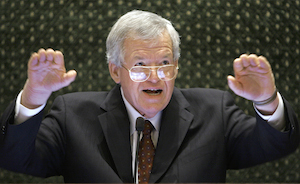BUDGET TIMELINE* May 27 -- Mayor Andy Berke's administration to present the budget to City Council* June 3 -- First City Council budget hearing* June 10 -- Second budget hearingJune 17 -- City Council to vote on first reading of the budgetJune 24 -- Second reading of budgetJuly 1 -- The budget projected to go into effect
Mayor Andy Berke's office is a little more than a week away from unveiling his first budget that ties $216 million of funding to performance outcomes.
Next year's budget, $4 million more than this year's thanks to projected tax revenue growth, will target reducing crime, boosting jobs, increasing affordable housing options and improving reading achievement of children.
Finance staff are still poring over nearly $40 million in extra requests for city funding that came in earlier this year as well as creating the performance measurements that will be used as a grading stick -- the key to budgeting for outcomes.
This close to the end of the fiscal year, City Councilman Larry Grohn questions whether the Berke administration has a grasp of the 2015 budget. Last year's budget, which tied $7 million to budgeting for outcomes, still doesn't have any performance measurements that show whether funded projects were successful.
"You have to establish goals for what you want to do," he said. "What we have is vague goals such as reduce crime, increase literacy. We have no solid numbers to attach to these initiatives."
Brent Goldberg, Berke's deputy chief operating officer who is overseeing the budget, said the city will present goals and objectives at next week's council hearing.
Last fall, the city hired the PFM Group for nearly $100,000 to help teach department leaders how to develop and implement budgets based on outcomes.
In January and February, each department and 50 local agencies submitted proposals for funding. Each proposal had to align with one of five goals and present a way to measure success. Under the goal of growing the economy, for example, the city wants to see an increase in employment, growth of new businesses, more higher-paying jobs and raised awareness of existing employment opportunities.
Warren Logan, president of the Urban League of Greater Chattanooga, said his organization teamed up with four other agencies, including the city's Office of Multicultural Affairs, to create a program to target job growth.
In this plan, the Urban League will help minority-owned businesses bid for city projects and expand their work while the Chattanooga Area Chamber of Commerce will help train businesses and men and women looking to start a business. The Women's Business Center will focus on women-owned businesses in this plan for an overall goal of creating 40 jobs in the next year.
This type of process helps eliminate the politics, Logan said. If an agency fulfills its goal, it should be given funding for the next year.
"It becomes less nebulous. Did you or did you not pass?" he said. "If you did what you said you were going to do, you're in good standing on going forward."
Cities across the country are using budgeting for outcomes as a method to cut down on government waste and create more transparency with the public.
Baltimore, Md., implemented performance-based budgeting four years ago. Now residents participate in an annual citywide survey on what programs they like and the role they believe their city government plays.
This year, faced with a $20 million shortfall, officials asked the public to take a crack at balancing the city budget through an online problem-solving game. Residents could choose among options, such as whether the city should cut fire education opportunities or eliminate 100 vacant police officer positions.
Nobody is able to solve the puzzle, said Andrew Kleine, Baltimore's budget director.
People who try it end up telling him, "We had no idea the challenge was this significant," Kleine said.
Since Baltimore introduced budgeting for outcomes, the city has found creative ways to cut waste. With trash services, officials realized pickup routes were uneven; some were a few hours while others were twice as long. After adjusting schedules and developing a program to pick up trash and recyclables once a week, the city saved $7 million.
Baltimore officials also cut programs that weren't producing any results, including a program targeted at high school dropouts and a job training program.
"It helps to shine a light on programs that are good and bad and balances the budget without ever resorting to across-the-board cuts," Kleine said.
Contact staff writer Joy Lukachick at jlukachick@timesfreepress.com or 423-757-6659.


